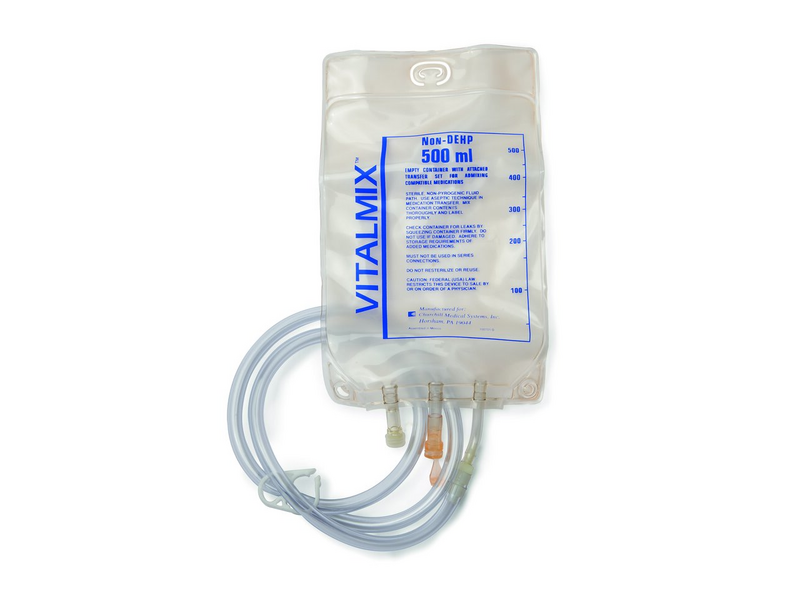The most common experience that everyone might have had after visiting a hospital while they were ill is getting a big needle pierced into their hand that does the primary purpose of passing on the components from the IV bag(also known as a drip) to their body.
Placing an IV bag over the patient is the first step done by a nurse or a doctor in case of most kinds of ailments. This is done to prevent any further energy loss and balance the number of nutrients that might have been flushed out of your system due to dehydration or related sickness.
Although the yellow-colored bag full of fluid looks simple. Yet, it contains several ingredients that are necessary for you to know because not every component of the IV bag is essential for you to heal, and at times, these components are added to your IV bag to increase your bill.

Hence, let’s look at the essential ingredients that an IV bag has and must have and the function they perform in our body.
What is IV therapy?
IV or intravenous therapy is a technique wherein certain essential fluids containing salts, sugars, electrolytes, and vitamins are passed on to a person’s vein directly. A person is treated for the same in a condition when they are unable to gain energy via the method of consuming or eating solid food.
When your body becomes dehydrated due to poor or less intake of water and watery substances, these IVs and drips help provide you with the necessary nutrients, which otherwise the body might be unable to intake.
Even after surgery, when you can not eat food items directly, the energy is transferred to your body in liquid form through the drips.
All in all, IV therapy is a life savior for several patients. The technique regulates the sugar levels and provides the patient with energy. This energy and nutrients help in quick and steady recovery. IV or drip ensures balance and regulates water loss in the patient’s body.
What is in an IV bag?
Now that you know what IV therapy is, it is time for you to understand what is included in the IV bag. An IV bag is equipped with a variety of necessary nutrients and other vitamins that help regulate the metabolism and salt sugar levels of your body. Following are the components that an IV bag contains-
•Salt– The essential ingredient that our body needs is salt. While you suffer from dehydration, the body loses a significant amount of salt present in your system. To cope with that, an IV contains a definite proportion of sodium chloride with water in the form of a fluid called saline.
During such times, you can not have plain water running down your veins. As a result, a salt solution is prepared to meet your body’s energy requirements.
•Sugar– Other than salt, the next thing that a human body demands is sugar. For perfect body functioning, it is essential to balance salt and sugar levels. As your system gets dehydrated, the sugar flushes out quickly. As a result, you should intake sugar to recover from the loss.
The presence of sugar in an IV bag is detected by a label of D5 written on the bag. It is given to patients who do not have diabetes and have mild dehydration. For those with severe infections, this sugar solution is not provided by doctors.
•Electrolytes– Electrolytes such as sodium or potassium are added as a part of your IV bag because they fasten up the hydration process. In case of emergency, when your body needs sudden energy and has to be hydrated, these electrolytes prove to be effective.
The most important one is sodium which manages the energy requirements well. Certain electrolytes are rich in bicarbonates and potassium, along with sugar. They are given to patients that have undergone surgery to regulate their acid-base level.
•Vitamins– Lastly, the IV bag contains essential vitamins such as Vitamin C, Vitamin B12, Vitamin D, and other necessary minerals such as Zinc and Magnesium. All these combine to bring back the lost energy of your body effectively via the method of fusing the fluid into your veins.
During sickness, your body automatically gets deficient in crucial vitamins and minerals. This is why vitamins are added to the IV bag so that you do not have to compromise on the nutritional requirements of your system.
CONCLUSION
Before transferring the components of an IV bag into your body, it is advised to be aware of what the bag contains and how a particular nutrient, vitamin, salt, or sugar will be beneficial for you. There have been cases where the IV fluid caused side effects other than the prime illness that a person was suffering from.
Also, to prevent the whole scenario of being admitted to the hospital and having to bear the pain of a needle into your body for hours, you must ensure to drink ample amounts of water and keep your metabolism high. You will not feel dehydrated and save yourself from multiple health-related problems.